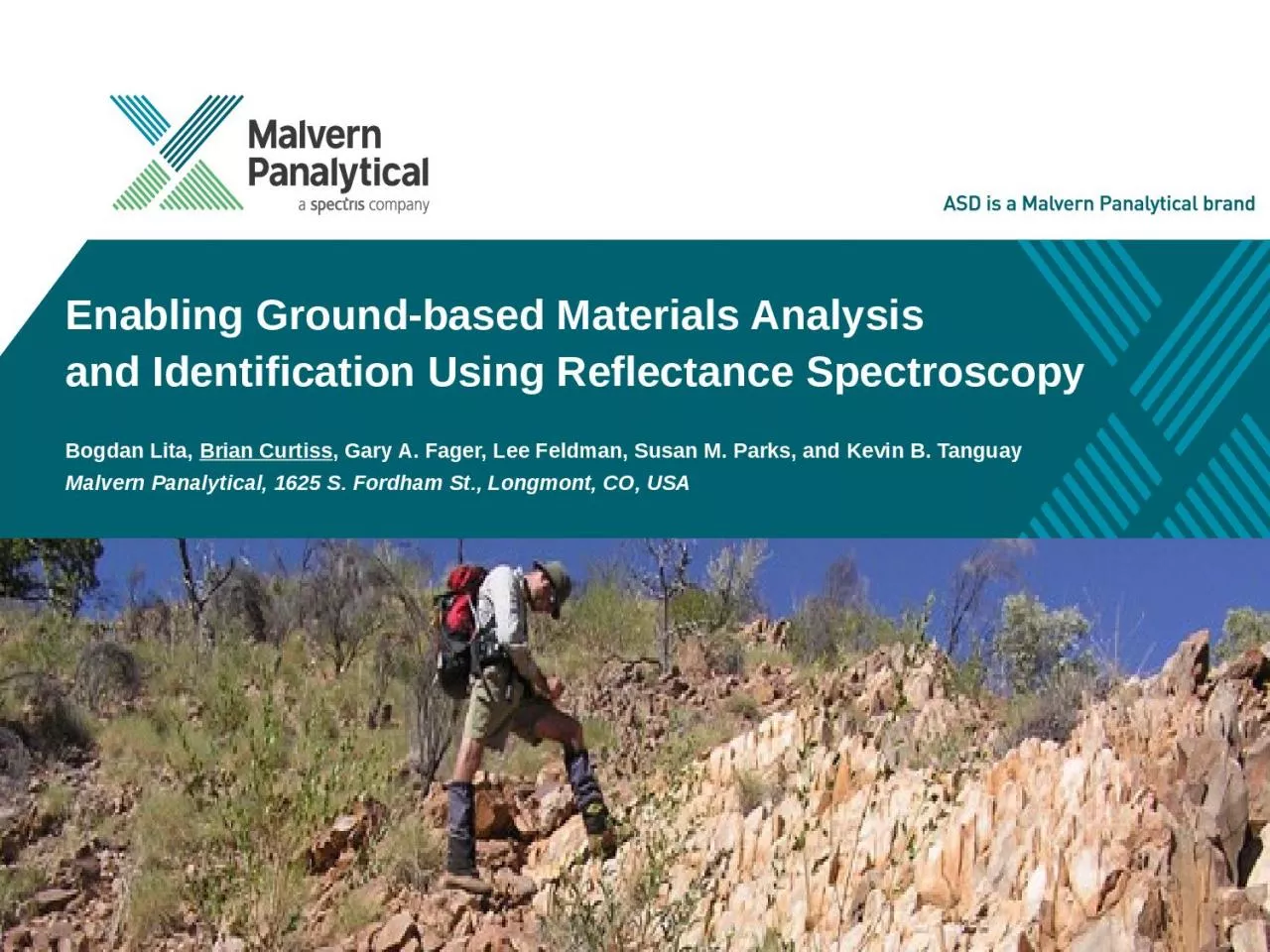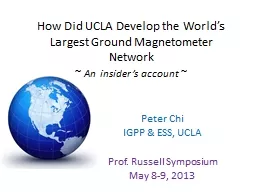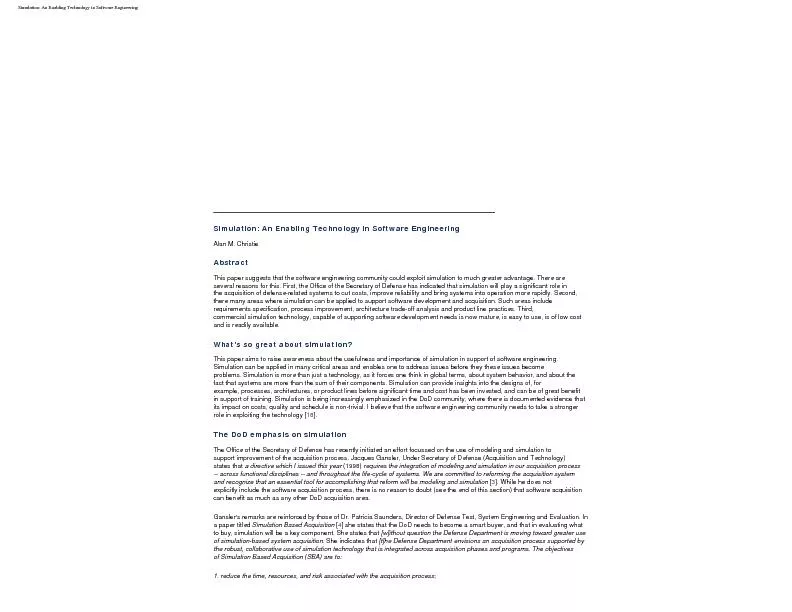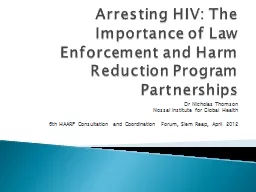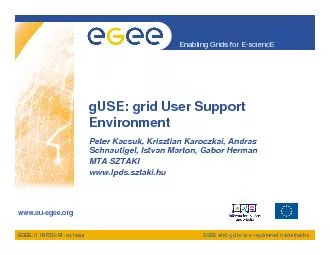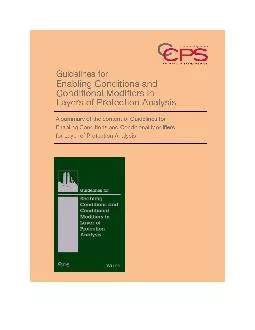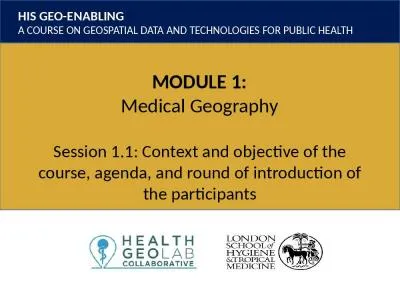PPT-Enabling Ground-based Materials Analysis
Author : norah | Published Date : 2023-10-26
and Identification Using Reflectance Spectroscopy Bogdan Lita Brian Curtiss Gary A Fager Lee Feldman Susan M Parks and Kevin B Tanguay Malvern Panalytical
Presentation Embed Code
Download Presentation
Download Presentation The PPT/PDF document "Enabling Ground-based Materials Analysis" is the property of its rightful owner. Permission is granted to download and print the materials on this website for personal, non-commercial use only, and to display it on your personal computer provided you do not modify the materials and that you retain all copyright notices contained in the materials. By downloading content from our website, you accept the terms of this agreement.
Enabling Ground-based Materials Analysis: Transcript
Download Rules Of Document
"Enabling Ground-based Materials Analysis"The content belongs to its owner. You may download and print it for personal use, without modification, and keep all copyright notices. By downloading, you agree to these terms.
Related Documents

